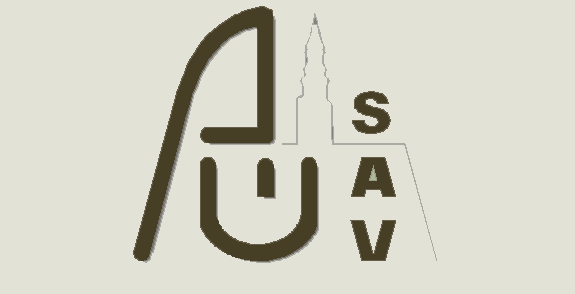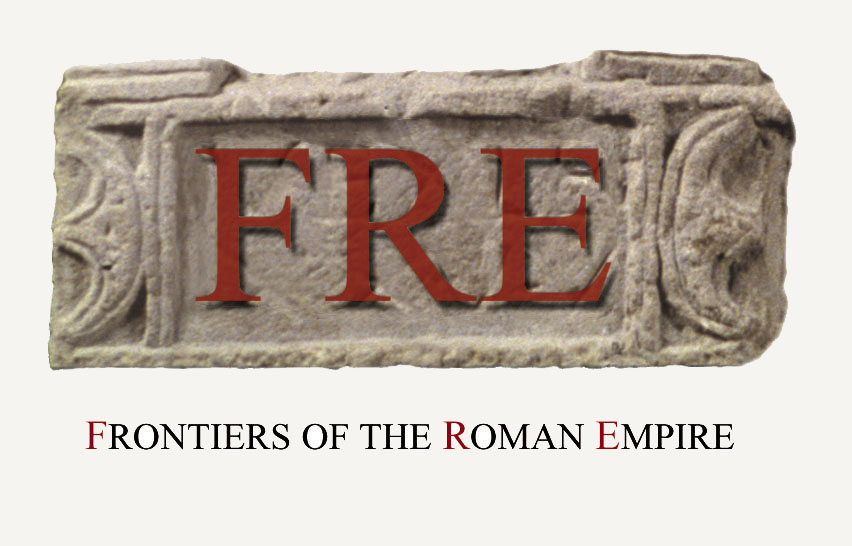|
The main
role of the Roman army, consisting of 25 000 men placed along the
North- Pannonian Limes in the 2nd century AD in
noumerous fortifications, was to guard and protect this part of
Empire against the possible attacks of Germanic tribes. Their aim
was not to create an unpenetrateable border, but in contrary,
apart of defensive role, they guarded the Danubian fords,
supervised the trade and protected the province against the
robberies with violence.
The Roman
army had also other important roles. Besides the building of the
military sites, they also built roads, bridges, water conduits,
canals and ships. The ships were supposed to be used mainly for
military uses, but also helped with the foundation of the quick
economic development of the province. Soldiers with regular
income, were the main source of the economic power.
Mainly the supplying of the army with large
quantities of food and goods of everyday needs, but also a great
interest in various craftsmen products, services and also
luxuries, caused the foundation and rising of bigger civil
settlements (canabae) in the vicinity of large legionary
fortresses, or smaler (vicus) in the surrounding of smaller
army forts all along the Empire borders. These settlements were
founded by merchants, craftsmen, the soldiers´ relatives,
innkeepers but also the brothel keepers. Often, the veterans (veteranus)
after retiring from their service settled down here. This way the
Roman army in Pannonia contributed to the romanisation and
urbanisation of the newly founded province.




The building of the North-Pannonian border
The Roman Army
The armament and equipment of the Roman Soldiers
Marcomannic wars on the Danube
The period of prosperity and decline
The last attempts and the decline of the Roman authority
|





